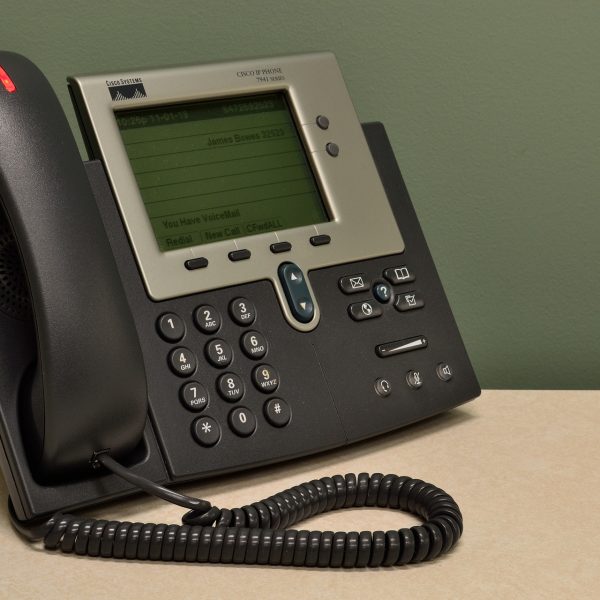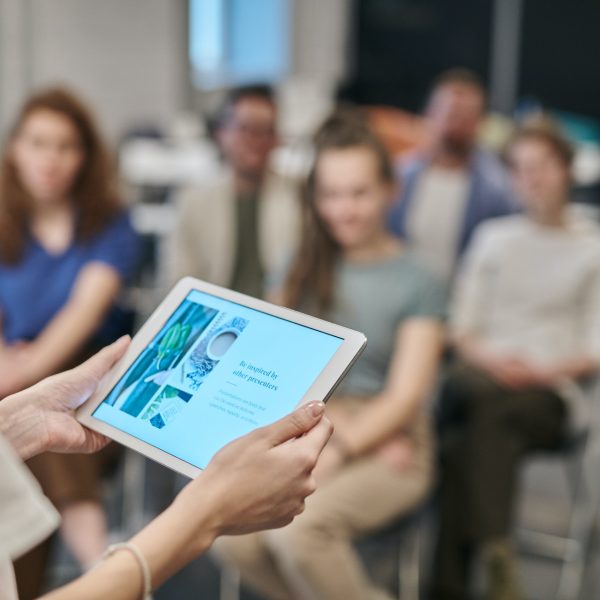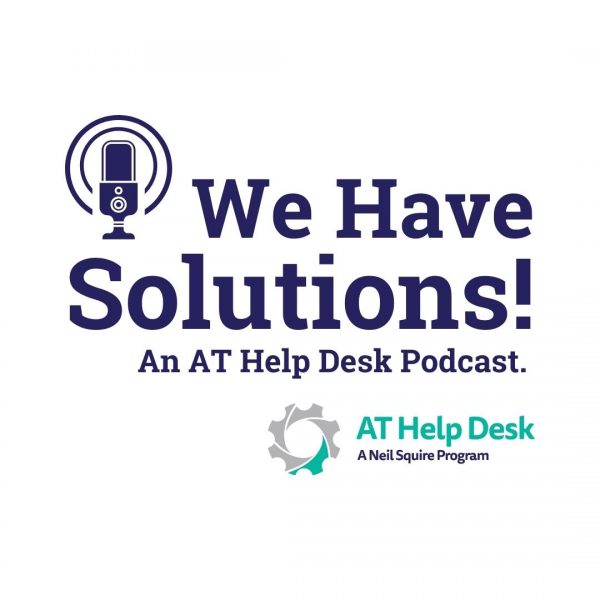Flip Writer AAC – A Communication Tool with a Twist

We’ve briefly touched on AAC devices in the past, but due to the complicated nature of speech and language pathology, we tend to point potential AAC users towards the New Brunswick Association of Speech-Language Pathologists. That being said, while the app that we are looking at today does technically fall under the category of AAC, it’s broad enough in functionality that it’s definitely worth talking about today. Not to mention, compared to the more advanced AAC apps and devices available, this app is considerably more user-friendly.
Hearing Aids Help Maria Shine at Work

Maria works at a medical clinic in Richmond, and her work requires her to talk with patients in-person and over the phone in tight quarters with her co-workers. She has Tinnitus which can make it difficult to hear everything with the noisy environment.
“I find it hard to understand what people are saying or hear them correctly,” she explains. “[I’m] answering calls and sitting beside my co-worker at a metre distance apart. Both of us may be talking to patients or on the phone as our clinic is busy most of the time.”
Back to School? Neil Squire is Here for You

We know that not every teacher is aware of what Neil Squire does. Some of you may have never taught a student who required assistive technology, and some of you may be new to the profession. For that reason, we wanted to take some time to look at some of the services that we provide to schools in New Brunswick.
“I Am More Comfortable and Confident I Can Continue to Work”

After a 30-year career in education, Michelle had retired, but when the perfect part-time opportunity came up a year later, she jumped for it. Now, she teaches in-person workshops and works one-on-one with clients. However, when she started the new job, she found she was having a bit of difficulty.
“I have a hearing impairment,” she says. “I took the job, but was having difficulty with the situations in settings with small or larger groups with my hearing.”
After having her hearing tested, she was referred to an audiologist for hearing aids. When she explained that the cost was prohibitive, her audiologist told her about WorkBC Assistive Technology Services, and how it could help fund her hearing aids that she needed for work. She applied to WorkBC Assistive Technology Services and was quickly approved.
5 Back-to-School Apps for 2023

It’s just about that time again! Yet another school year is about to begin, and since we know what it’s like for both teachers and students during those hectic first weeks of school, we thought we’d take the time to discuss our top five back to school apps to consider this fall. The apps that we are going to recommend today are apps that we consider to be tried and tested and true, so you can feel confident that you’ll be making a solid choice with any of these options.
We Have Solutions! – Episode 18: Back to School 2023

In this solo-cast, Seaver explores his top five apps for going back to school in 2023. After that, we take the time to review some best practices when it comes to using the internet, including tips for avoiding phishing and other scams…
New Cochlear Sound Processors Help Navpreet Excel at Work

Navpreet works at a hotel in Abbotsford as a housekeeping supervisor. Her duties include inspecting rooms, customer service, as well as training new staff.
She is hearing impaired, and while cochlear implants had made it easier, the sound processors she received were aging and not as reliable.
“[I] still sometimes struggle with hearing at work with new people,” she shares.
WorkBC Assistive Technology Services Helps Loretta Keep Doing a Job She Loves

Loretta has been working in the film industry in the Lower Mainland as a driver for nearly two years. With a vibrant personality and a friendly attitude, she drives cast and crew to and from set.
She also has hearing loss, which caused some difficulties at work. When driving cast members, she couldn’t tell when they were simply practicing their lines or if they were talking to her. She had bought hearing aids over a decade ago, but they had long since broken and she couldn’t afford new ones.
“They need people who are approachable, who people are going to be comfortable with, and I had all those qualities. I just felt so uncomfortable and embarrassed because of my hearing,” she explains. “I just did not want to do that anymore.”
“I Have Regained Confidence With My Job”

Margot’s job sees her wearing many hats — from working reception to doing bookkeeping to handling secretarial duties. She has total hearing loss in her left ear, and decreased hearing in her right.
“[I have an] inability to hear or comprehend words when the speaker is on my left side, hence, decreased understanding of what needs to be done,” she explains.
Antidote 11: Bilingual Grammar Checker

Guest Feature by Jonathon Beaumont
Having trouble writing a professional paper? Looking for a new correction checker or even wanting to learn a new language? By now you’re probably aware of the multitude of writing aids available online, but what you may not realize the extent in which these technologies have advanced in just a few years. The app that we are looking at today is one of the more advanced writing aids available right now, and it’s available in both of Canada’s official languages.



